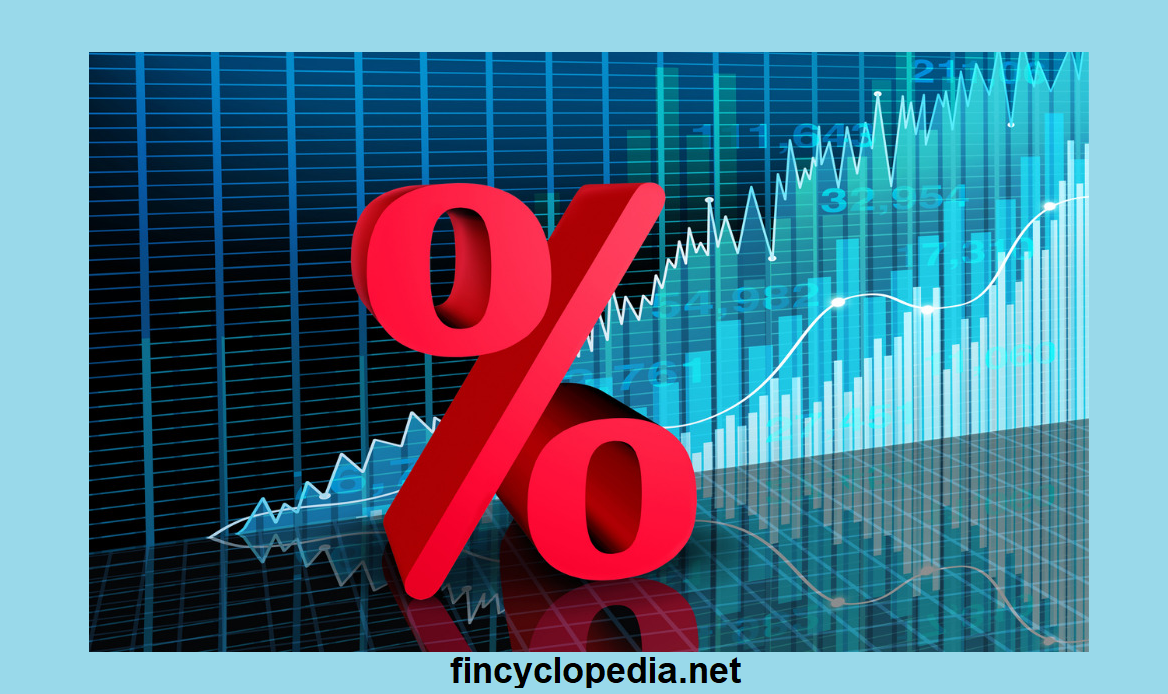The spread between the price of electricity and the price of natural gas needed to generate that electricity. More specifically, it is the differential between a sale revenue and a purchase cost: electricity price and the cost of generating electricity. In other words, a spark spread captures the differential in value (expressed in $/MWh) of natural gas as a commodity for sale in the spot market and its value converted into another form of energy (electricity) at a specific location and heat rate and sold into the spot electricity market. In equation form, the spark spread is given by:
Spark spread = power spot price – operating heat rate x natural gas spot price
The spark spread is typically used to gauge the financial efficiency of gas-powered electricity plants. If the spark spread is too low, plants will find producing electricity not sufficiently profitable, and therefore generation should be halted.
The spark spread can also be “reaped” or gained using a replicated process based on derivatives. Just as an electricity generator buys natural gas to produce and sell electric power at a given gross margin, a trader or investor could do the same at the “paper” level, purchasing natural gas futures and selling electricity futures. Essentially, this spread can be quite attractive for hedgers, i.e., companies that seek to fix their margin by selling electricity futures and buying natural gas futures. Likewise, speculators may, also (in liquid markets of electricity futures), find playing the spark spread game quite lucrative in light of high fluctuations in the prices of electric power and gas.
Whether a spread is purchased or sold depends on the needs of an end user of electricity futures. That is, if an investor wishes to buy a spread, he buys electricity futures and sells natural gas futures. In the opposite case (selling a spread), he buys natural gas futures and sells electricity futures.
The spark spread comes in several varieties, primary among which are the dark spark spread and the clean spark spread. Since the Kyoto Protocols, the spark spread must take into account the financial effects of carbon emissions (and here emerges the so-called clean spread).






